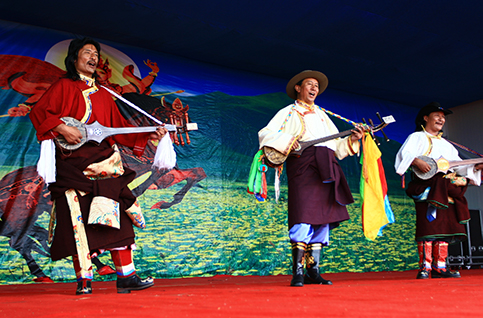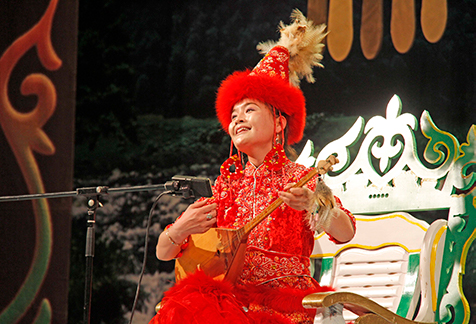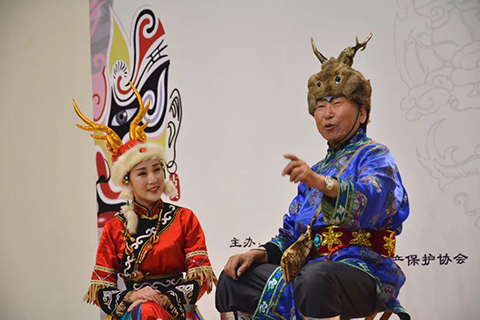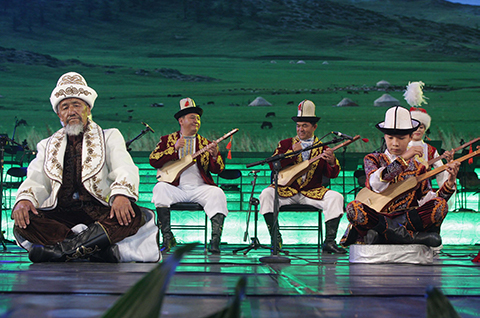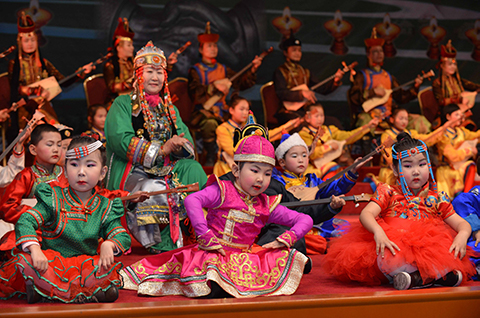Also known as the Bouyei Octet, Eight-Tone Sitting Singing is a charming art form combining the storytelling and singing of the Bouyei people, who mainly inhabit Southwest China’s Guizhou, Yunnan, and Sichuan provinces. It developed from ancient royal court music which was mainly performed by wind and percussion instruments.
An important heritage of the Tibetan people inhabiting China's Tibet autonomous region, Qinghai, Sichuan and Gansu provinces, the legend of King Gesar is the only living epic of the world and is known as the Homeric Hymn of the East. The epic, passed down orally since ancient times, has developed into a performing art that involves storytelling and singing
Meaning “singers” in the Dai language, Zhangha is a popular performance art among the Dai people, who inhabit Southwest China’s Yunnan province. It originally only involved folk song singing but came to include storytelling in the first half of the 15th century.
The precious cultural gem of the Kazak people, Têrmê is a charming vocal art inspired by folk preaching, proverbs, poems, satire and other literary works. A performer who specializes in this art is called a Têrmêxi in Kazak.
Yimakan storytelling is unique to the Hezhe ethnic group who inhabit northeastern China, and is usually sung by only one performer without musical accompaniment. Written in both verse and prose, it depicts wars and alliances between Hezhe tribes, as well as heroes defending their lands and defeating invaders.
Manas is a large-scale heroic epic of the Kirgiz people passed down from generation to generation orally since the 16th century. Named after the warrior Manas, the epic also records the lives of his descendants for eight generations, depicting how the Manas family led Kirgiz tribes against marauders, brought traitors to justice and empowered the weak.
The Epic of Jangar is believed to have originated among the Oirat Mongolian tribe in China during the 13th century. Developing to nearly 100,000 lines by the 17th century, it spread to other Mongolian settlements in Mongolia and Russia and gained popularity with the migration of the Oirats.

